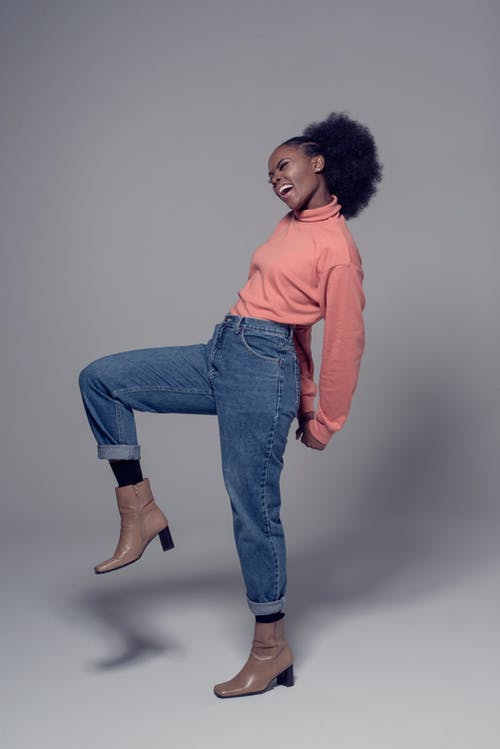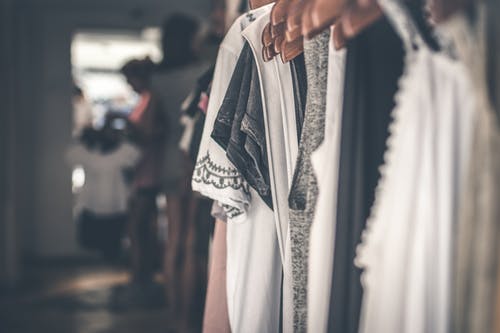Online shopping has becoming increasingly popular in recent years due to its convenience and cost savings. Online stores offer 24-hour access to items from around the world and also provide shoppers with a wide variety of choices and discounts. However, for some people, spending money on websites can develop into an unhealthy addiction.
Online shopping addiction is a real thing and is described as the obsessive use of online shopping platforms to the point where the shopper’s life is negatively affected, whether it be financially, mentally, or both. People who suffer from online shopping addiction have a compulsive craving to buy things and are unable to control their impulses. They shoppers find themselves spending money on items that they may not necessarily need, and they can quickly accumulate large amounts of debt.
Individuals that suffer from online shopping addiction typically have feelings of euphoria when they are buying things online. Shopping can also provide a reprieve from problems or difficult situations in life. It is a way for them to “escape” from reality and cope with daily struggles. Shopping may also become a primary way of seeking attention or affirmation.
Although this type of addiction may not seem serious, it can quickly become problematic. Financial issues can ensue, as well as mental health issues due to the guilt and anxiety associated with an unhealthy spending habit. Relationships can also suffer, as the affected person becomes more isolated and withdrawn.
Because online shopping addiction can severely impact a person’s life, it is important to recognize the warning signs. Some common signs include: feeling preoccupied with shopping, lying or hiding purchases, feeling guilty after shopping, and becoming defensive when talking about spending habits. If any of these signs sound familiar, it is important to talk to a professional and seek help.
Luckily, there are ways to control online shopping addiction. Start by making a budget and sticking to it. This can help keep track of spending and set limits so that shopping is not out of control. Forgo online shopping sites altogether, as this can help reduce the temptation to shop. Other ways of managing this problem include trying to stay busy and setting aside time for other hobbies and activities.
It is also important to talk to someone and seek help if you are having trouble controlling your spending. Professional guidance can be essential in getting to the root of the problem and taking the proper steps in order to gain control and live a healthy life.
Online shopping addiction can be problematic and can have a negative impact on someone’s life. It is important to recognize the signs of this problem and to take the necessary steps in order to regain control. By being aware of the risks, talking to professionals, and setting personal budgets and limits, it is possible to maintain healthy spending habits.







